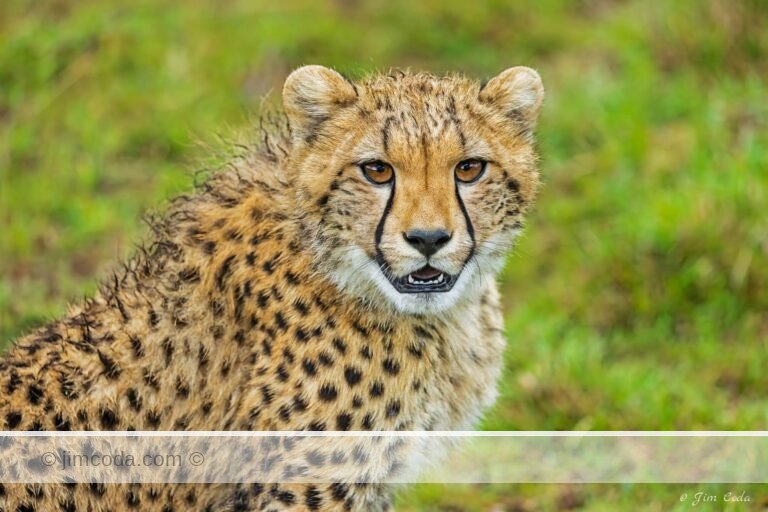Tag: marin county
Easy-Going Cat
Here’s a bobcat I photographed in the late afternoon. He was very patient with...
Cow Elk with Protruding Cheek, Point Reyes National Seashore
I drove out to Point Reyes a few days go. ...
Baaa!
Last spring I went out on the local roads looking for young goats and sheep to photograph. I found...
Sails or Fins?
I lived in Tiburon for a while in the mid-1970s. It’s a beautiful location on...
Portrait of a Coyote, Point Reyes National Seashore
There was a very good article in the San Francisco...
I went out to Point Reyes yesterday, something I haven’t been doing too much of this year compared...
Peregrine Falcon Holding Its Prey
I went out to Point Reyes yesterday for the first time since I left...
No articles found
Prints for sale
Browse my selection of photos for sale as fine art prints
Filter by category
Sorry, no prints in this category









